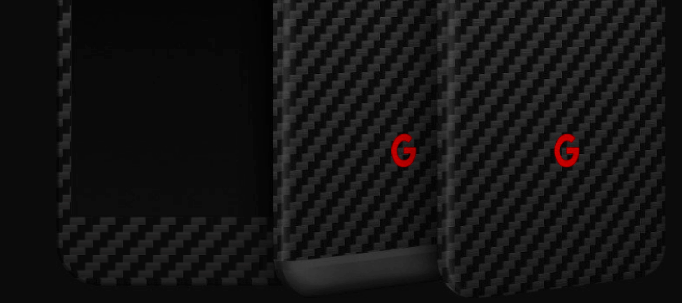
In every area of the economy, technology is creating massive changes. These shifts can be seen in the healthcare industry, the financial sector, entertainment, and even government. The good news is that these modifications will improve the environment! Education is one of the main industries that has been impacted by the disruption. These developments have given classrooms a fresh look and altered the way students learn.
Cloud Computing for Education
Cloud computing technology allows educational tools to be accessed from anywhere in the world. A school’s cloud terminal can store important resources including written lessons, audio lessons, recordings, online blackjack and video assignments. Students may use these services from the comfort of their own homes, complete assignments, and return them to their tutors.
The Use of Biometrics in Schools
There will be no more truancy or stealing! The implementation of biometric systems in schools has aided in the streamlining of education and the improvement of discipline. Schools have used biometric methods such as facial recognition, fingerprints, voice recognition, and eye tracking to streamline their operations. They are used for a variety of purposes, including monitoring a student’s attendance in class , online casino games for real money and borrowing money.
Artificial Intelligence and Machine Learning
Artificial intelligence is being used at all technological levels, from the most basic to the most advanced. In schools, artificial intelligence (AI) is used to automate main tasks such as subject grading and providing input on areas that need improvement. It is also used to help students, especially those with special needs, learn in a more personalized way.
3D Printing
3D printers are already causing a stir in the educational community, and students adore them. Textbooks will no longer convey content that can now be conveyed by 3D models. Students can gain a deeper understanding of something that was previously considered difficult by using this printing technique. Engineers and machine designers use 3D printing to create prototypes in higher education institutions.


